

Noise pollution is a significant issue, especially in urban areas with high traffic volumes. One effective solution to mitigate this problem is the use of noise barriers. These barriers come in various materials, each with unique properties that contribute to their effectiveness in reducing noise levels. This blog explores the different materials used for noise barriers and their specific properties, such as Noise Reduction Coefficient (NRC) and Transmission Loss.
Among all different types of noise barriers, one of the best utilization of it is integrating it with photovoltaics. This would not only help in reducing the noise but also generate electricity thereby reducing the reliance on other sources for electricity consumption.
Photovoltaics as Noise Barriers
Photovoltaic noise barriers (PVNB) offer a dual-function solution. It integrates PV systems into noise barriers thereby serving both as sound insulators and as source of electricity. This maximizes the utility of existing infrastructure, particularly along highways and urban areas where space is often limited.
The primary function of noise barriers is to mitigate sound through absorption, transmission and reflection. Integration of PV Panels with these barriers enhance their utility without compromising their noise reduction capabilities.
The energy generated from PVNB can be substantial. Depending on the design and orientation, these barriers can produce a significant amount of electricity per meter of installation. This energy can be fed into the grid, used for local street lighting, or power other infrastructure, thus reducing the reliance on fossil fuels and decreasing greenhouse gas emissions.
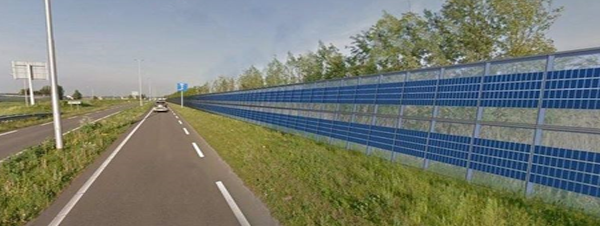
Common Materials Used for Noise Barriers
1. Concrete
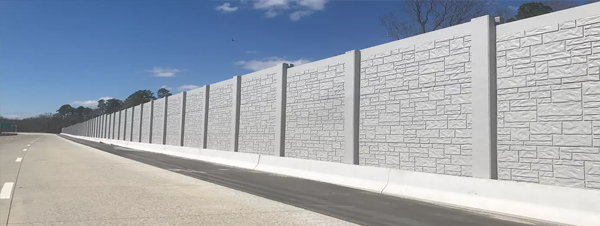
- Properties: Concrete is one of the most common materials used for noise barriers due to its high density and durability. It effectively blocks sound and is suitable for both vertical and horizontal installations.
- Advantages: Long lifespan, high strength, and good acoustic properties.
- Disadvantages: Heavy and may require substantial structural support.
2. Metal

- Properties: Metal noise barriers, often made of steel or aluminum, are known for their lightweight and ease of installation. They can be perforated to enhance sound absorption.
- Advantages: Lightweight, durable, and can be designed for aesthetic appeal.
- Disadvantages: Can be prone to corrosion and may require maintenance.
3. Wood

- Properties: Wood is a natural material that provides moderate noise reduction. It is often used in residential areas for its aesthetic appeal.
- Advantages: Aesthetically pleasing, environmentally friendly.
- Disadvantages: Susceptible to weathering and may require regular maintenance.
4. Acrylic and Polycarbonate

- Properties: These transparent materials are used when visibility is essential, such as along scenic routes. They offer good sound insulation while allowing light to pass through.
- Advantages: Transparent, lightweight, and resistant to UV light.
- Disadvantages: Can be expensive and may require cleaning to maintain clarity.
5. Green Walls
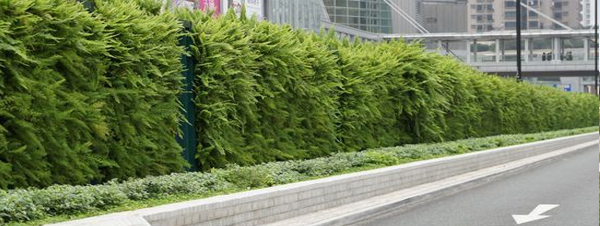
- Properties: Green walls incorporate plants to absorb sound and improve air quality. They are gaining popularity for their environmental benefits and aesthetic value.
- Advantages: Environmentally friendly, visually appealing, and can improve air quality.
- Disadvantages: Requires maintenance and may not be suitable for all climates.
6. Earth Berms

- Properties: Earth berms are raised barriers made from piled-up soil and vegetation. They act as effective sound barriers due to their mass and natural sound absorption properties.
- Advantages: Natural appearance, environmentally friendly, can be landscaped.
- Disadvantages: Requires significant space, may need erosion control measures.
| Material | NRC (Noise Reduction Coefficient) | Transmission Loss (dB) | Other Properties |
|---|---|---|---|
| Concrete | 0.20 – 0.30 | 30 – 40 | High density, durable, long lifespan |
| Metal (Steel) | 0.05 – 0.10 | 25 – 35 | Lightweight, can be perforated |
| Wood | 0.15 – 0.25 | 20 – 30 | Natural, aesthetically pleasing |
| Acrylic/Polycarbonate | 0.05 – 0.10 | 20 – 30 | Transparent, UV resistant |
| Green Walls | 0.40 – 0.50 | 15 – 25 | Environmentally friendly, absorbs CO2 |
| Earth Berms | 0.30 – 0.40 | 20 – 35 | Natural appearance, requires space |
Conclusion
Choosing the right material for a noise barrier depends on various factors such as specific noise reduction requirements, environmental conditions, and aesthetic considerations. Concrete and metal are robust choices for urban areas with heavy traffic, while wood and green walls are suitable for residential areas where aesthetics and environmental impact are important. Earth berms offer a natural and effective solution but require ample space for installation.
Engineers and urban planners can make informed decisions in order to effectively mitigate noise pollution and improve the quality of life for nearby residents by understanding the properties of different noise barrier materials.
About Ornate Solar
Ornate Solar is a leading solar company with 10 years of experience in the industry and the mission to reimagine the way solar is installed worldwide.
By not only partnering with the best-in-class solar brands but also developing our high-quality solutions, (panels, solar solar inverter, accessories, InRoof), we develop and deliver solutions that are modern, reliable, and effective.
If you are looking for high-quality solar solutions, reach out to us at 011 43536666 to discuss your options.


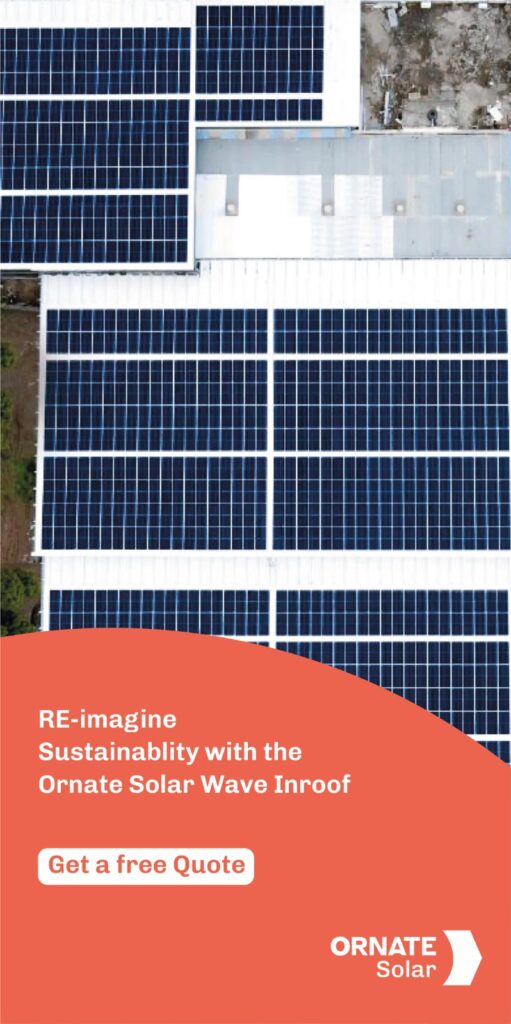
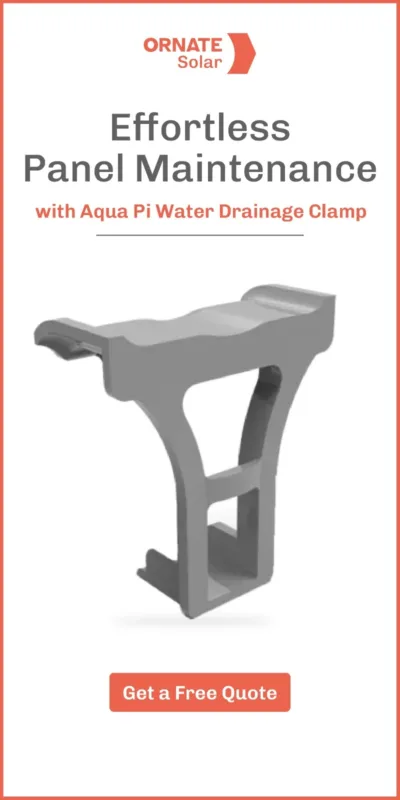


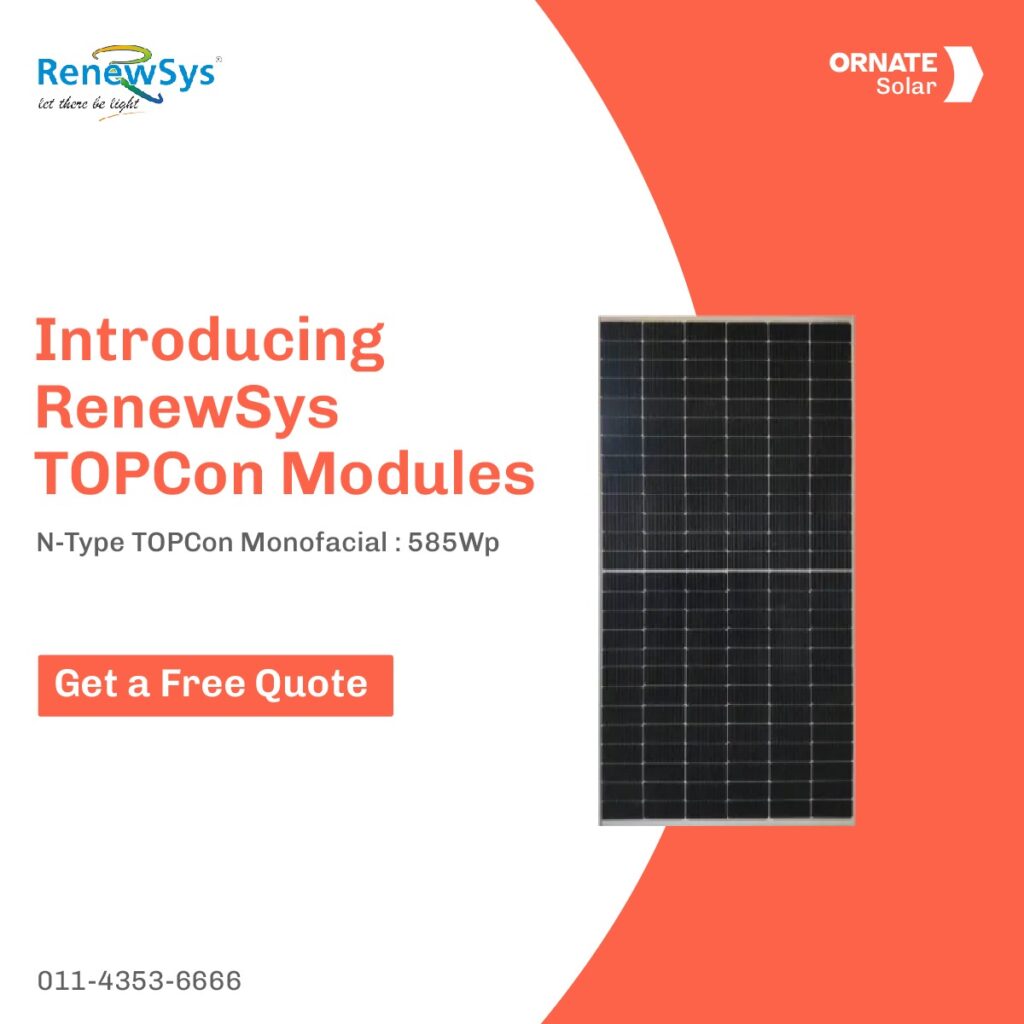

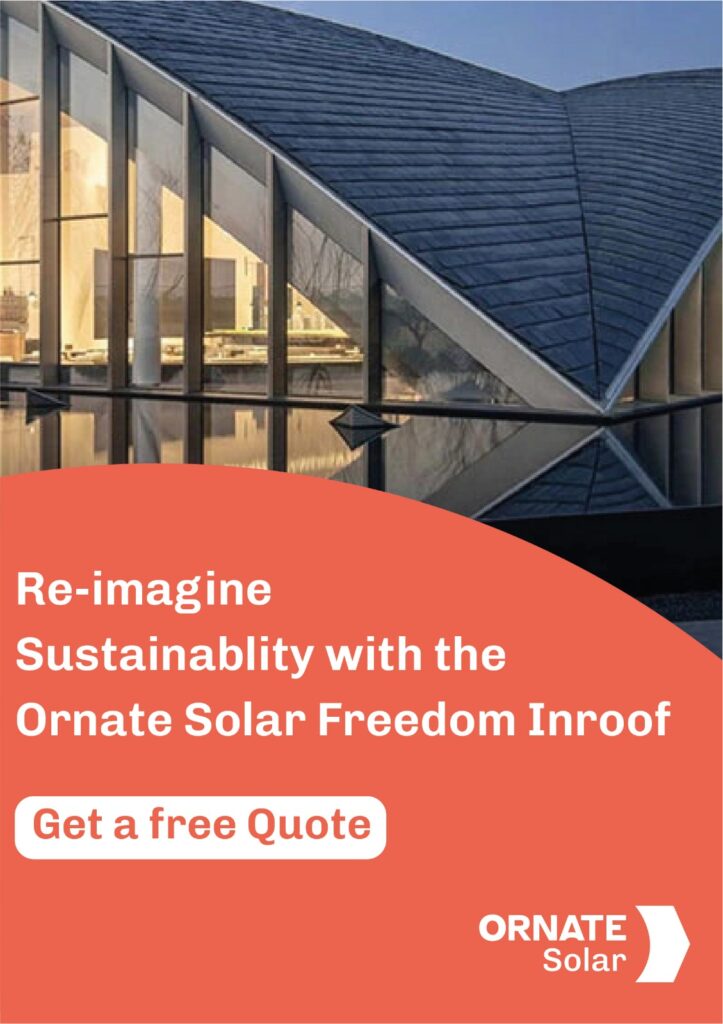

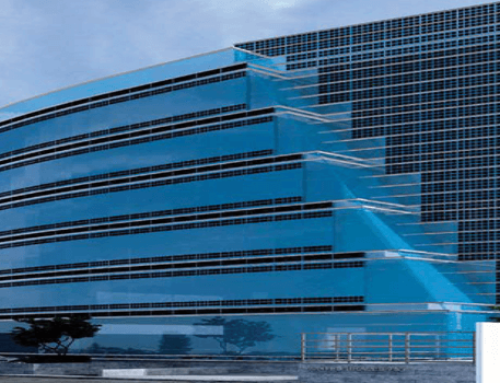
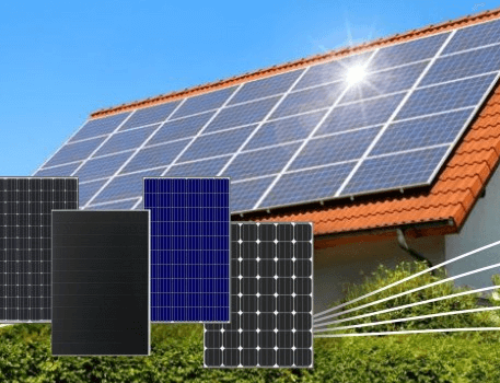
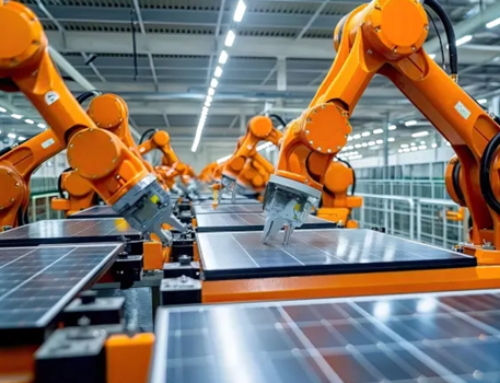
Leave A Comment